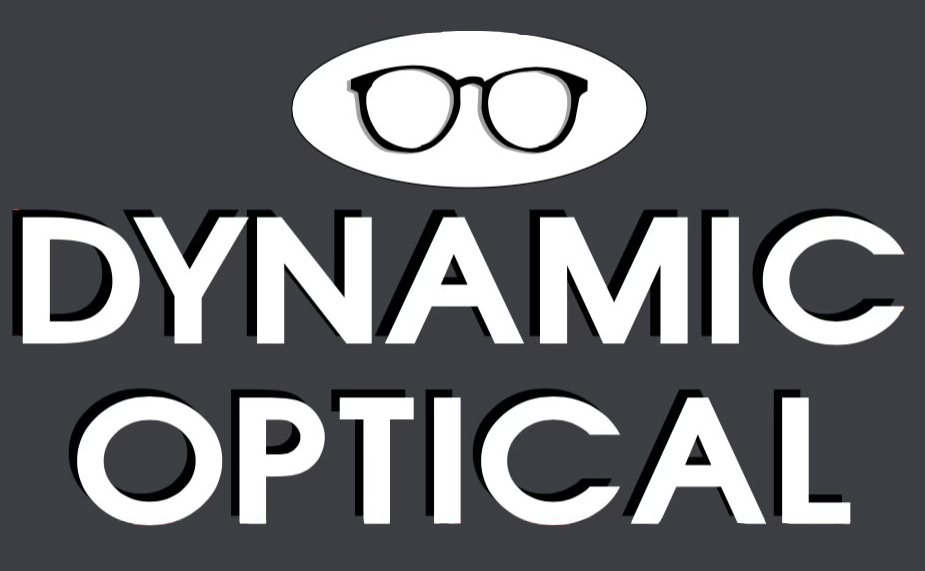Fundus Photography: A Comprehensive Guide
Fundus photography is a non-invasive imaging technique used to capture high-resolution images of the retina, the innermost layer of the eye. The procedure is performed using a specialized camera called a fundus camera. Fundus photography is commonly used to diagnose and monitor various eye diseases, such as diabetic retinopathy, age-related macular degeneration, and glaucoma. In this article, we will discuss the procedure of fundus photography, its pros and cons, alternatives, and how it compares to retinal imaging.
What is Fundus Photography?
Fundus photography is a diagnostic procedure that involves taking high-resolution images of the retina using a specialized camera called a fundus camera. The procedure is performed by an ophthalmologist or an optometrist and is typically done during a routine eye exam. The images taken during the procedure can assist in diagnosing and monitoring various eye diseases.
How is Fundus Photography Performed?
Fundus photography is performed using a specialized camera called a fundus camera. The procedure typically takes around 10-15 minutes to complete and is non-invasive. The patient is seated in front of the camera, and the camera is positioned close to the eye. The patient is asked to look at a target, and the camera captures images of the retina. To get a clear image, the pupil is dilated using eye drops.
Who Should Consider Fundus Photography?
Fundus photography is recommended for individuals who are at risk of developing eye diseases, such as diabetic retinopathy, age-related macular degeneration, and glaucoma. The procedure is also recommended for individuals who have a family history of eye diseases or have previously been diagnosed with an eye disease.
Fundus Photography vs. Retinal Imaging
Fundus photography and retinal imaging are often used interchangeably. However, there are a few key differences between the two techniques. Fundus photography is a non-invasive imaging technique that captures high-resolution images of the retina using a specialized camera. In contrast, retinal imaging involves the use of scanning lasers to create a three-dimensional image of the retina. While both techniques are effective in diagnosing and monitoring eye diseases, fundus photography is often preferred due to its simplicity and low cost.
The Fundus Photography Procedure: Pros and Cons
Fundus photography has several advantages and disadvantages that individuals should be aware of before undergoing the procedure.
Pros
- Non-invasive: The procedure is non-invasive and does not require any incisions or injections.
- Quick: The procedure typically takes around 10-15 minutes to complete.
- Accurate: The high-resolution images produced during the procedure can assist in diagnosing and monitoring various eye diseases.
- Low-cost: Fundus photography is a cost-effective alternative to other imaging techniques.
Cons
- Side effects: The pupil is dilated using eye drops, which can cause blurry vision and light sensitivity for several hours after the procedure.
- Requires a specialist: The procedure must be performed by an ophthalmologist or optometrist who has experience using a fundus camera.
- Not suitable for everyone: Individuals with certain eye conditions may not be able to undergo fundus photography.
Alternatives to Fundus Photography
There are several alternatives to fundus photography that can be used to diagnose and monitor eye diseases. These include:
- Retinal imaging
- Optical coherence tomography (OCT)
- Fluorescein angiography
- Indocyanine green angiography
Step-by-Step Guide: How to Prepare for Fundus Photography
Preparing for fundus photography is relatively simple. Here is a step-by-step guide on how to prepare for the procedure:
- Inform your eye doctor of any eye conditions or medications you are taking.
- Avoid wearing eye makeup on the day of the procedure.
- Arrange for someone to drive you home after the procedure, as the eye drops used to dilate your pupils can cause temporary vision impairment.
Tips for a Successful Fundus Photography Procedure
To ensure a successful fundus photography procedure, here are a few tips:
- Relax: The procedure is non-invasive and relatively quick.
- Inform your eye doctor of any concerns or questions you may have.
- Be patient:The procedure may take a few minutes to complete, so it’s important to remain still and follow the instructions given by the eye doctor or technician.
- Bring sunglasses: The eye drops used to dilate your pupils can cause light sensitivity, so it’s a good idea to bring sunglasses to wear after the procedure.
Conclusion
Fundus photography is a non-invasive imaging technique used to diagnose and monitor various eye diseases. The procedure is performed using a specialized camera called a fundus camera and takes around 10-15 minutes to complete. While fundus photography has several advantages, such as being accurate and low-cost, it also has some disadvantages, such as causing side effects and requiring a specialist to perform the procedure. Alternatives to fundus photography include retinal imaging, OCT, fluorescein angiography, and indocyanine green angiography. When choosing a fundus camera, it’s important to consider factors such as image quality, ease of use, and cost.
FAQs
1. Is fundus photography painful?
No, fundus photography is a non-invasive procedure and is generally painless. However, the eye drops used to dilate the pupil can cause temporary discomfort.
2. How often should I undergo fundus photography?
The frequency of fundus photography depends on your individual eye health and any underlying conditions you may have. Your eye doctor will recommend how often you should undergo the procedure.
3. Can I drive after undergoing fundus photography?
It’s recommended that you arrange for someone to drive you home after the procedure, as the eye drops used to dilate your pupils can cause temporary vision impairment.
4. Is fundus photography covered by insurance?
Fundus photography may be covered by insurance, depending on your individual policy. It’s best to check with your insurance provider to determine coverage.
5. How long does it take for the eye drops used during fundus photography to wear off?
The eye drops used to dilate the pupil typically wear off within a few hours after the procedure. However, it can take up to 24 hours for the effects to completely wear off.

